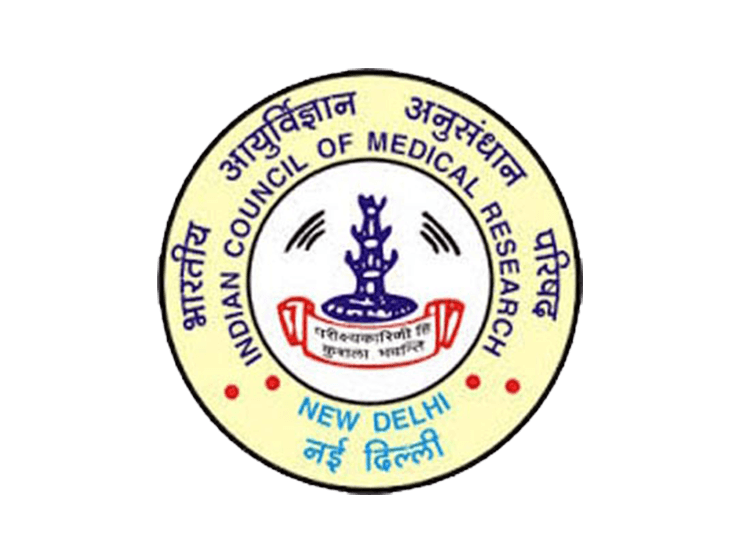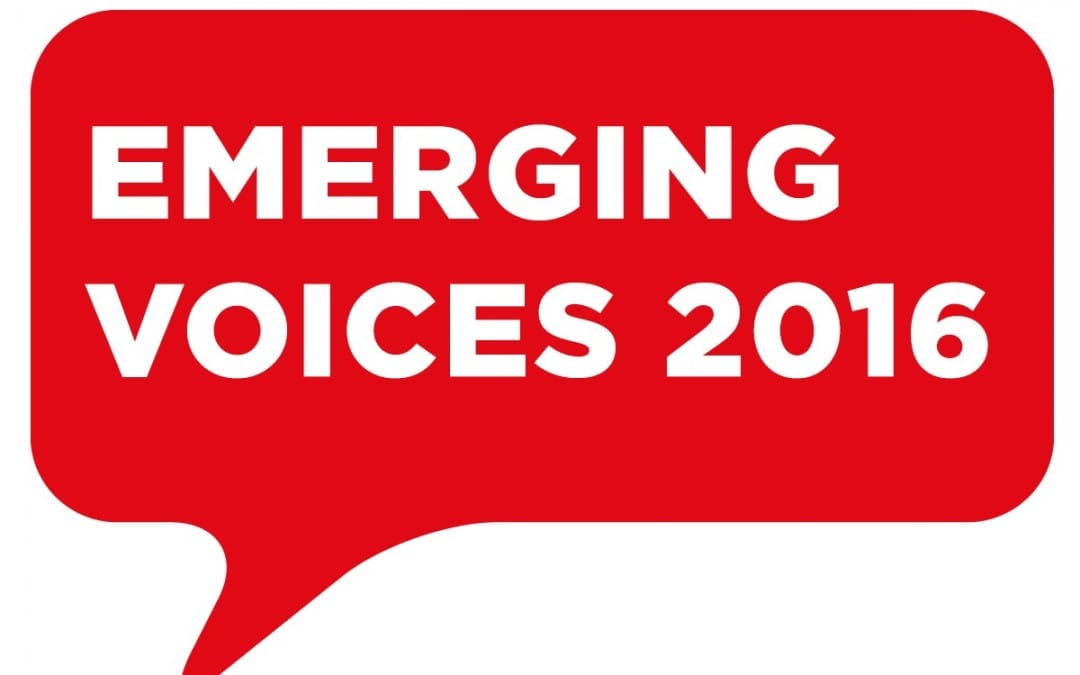
by iphindia | Dec 2, 2015 | Latest Updates

Intervening in the local health system to improve diabetes care: lessons from a health service experiment in a poor urban neighborhood in India
Many efficacious health service interventions to improve diabetes care are known. However, there is little evidence on whether such interventions are effective while delivered in real-world resource constrained settings. In order to generate such knowledge, we evaluated an intervention aimed at improving diabetes care using the RE-AIM (reach, efficacy/effectiveness, adoption, implementation, and maintenance) framework.The intervention included provision of culturally appropriate education to diabetes patients, use of generic medications, and standard treatment guidelines for diabetes management.
We conducted a quasi-experimental study in a poor urban neighborhood in South India where four health facilities delivered the intervention and the four matched facilities served as control. Patients were surveyed before and after the six-month intervention period. We did field observations and interviews with the doctors at the intervention facilities. Of the patients who visited intervention facilities, 52.3% were exposed to the education component and only 7.2% were prescribed generic medications. The doctors rarely used the standard treatment guidelines for diabetes management. The intervention did not have a statistically and clinically significant impact on the knowledge, healthcare expenditure, or glycemic control of the patients, with marginal reduction in their practice score. All the facilities adopted the education component, while all but one facility adopted the prescription of generic medications. There was poor implementation of the intervention, particularly with regard to the use of generic medications and the standard treatment guidelines.
Doctors’ concerns about the efficacy, quality, availability, and acceptability by patients of generic medications explained limited prescriptions of generic medications. The patients’ perception that ailments should be treated through medications limited the use of non-medical management by the doctors in early stages of diabetes. The other reason for the limited use of the standard treatment guidelines was that these doctors mainly provided follow-up care to patients who were previously put on a given treatment plan by specialists. In conclusion, implementing efficacious health service intervention in a real-world resource-constrained setting is challenging and may not prove effective in improving patient outcomes. Interventions need to consider patients’ and healthcare providers’ experiences and perceptions and how macro-level policies translate into practice within local health systems.
Link to know more about this paper reporting on a health service experiment in an urban slum: Click Here

by iphindia | Dec 2, 2015 | Blog, Latest Updates

Shortage of nurses and its impact on the Indian health care delivery system remains a major concern to this day. Adding to the above problem there is an undersupply of competent public health nurses who are willing to serve in the resource-limited comm unity health care settings. The blog is a reflection on the current status of community health nursing education in India.
unity health care settings. The blog is a reflection on the current status of community health nursing education in India.
With a shortage of doctors, it is the nurses and other allied health professionals who run the show in many of the primary healthcare settings in India. Nurses make up a major proportion of the health workforce. In this context we need more and more nurses who are capable of addressing the diverse healthcare needs of society. There is a shift from hospital based curative care to community based preventive and rehabilitative care, and a greater focus on giving people control over their health. Therefore, we need nurses who are equipped with specialized knowledge and skills in public health to work in community healthcare settings.
But the reality shows a different picture. Currently in India, diplomas, undergraduate, postgraduate, and doctorate level courses are offered in nursing. There are also various specialities and sub specialities in nursing at a Masters level. Many nursing educational institutions even the reputed ones in India are contemplating stopping their Masters programmes in community health nursing since there are no takers. If this trend continues, there is a possibility that community health nursing will become extinct in the near future.
Link to Meena’s blog on BMJ: Click here

by iphindia | Dec 2, 2015 | Blog, Internship, Latest Updates

The honours programme of Maastricht University has a cooperation with the Institute of Public Health(IPH) in India. We, a group of 9 students, are doing a research for the Institute of Public Health about the human resources for health in India. We were invited by IPH at the end of our summer holiday and experienced the health care system for two weeks by ourselves. Our program consisted of several field visits in Tumkur and in Bangalore, and a visit to Gudalur, where a program for the Adivasi is made that contains their rights, education and health.
Our program started on Monday the 17th of August with an introduction about our program during our stay at the IPH. On Tuesday we went to Tumkur for two days. Here we visited the government/public health facilities: the sub centre, primary healthcare centre, community healthcare centre and the district hospital. We also visited the tuberculosis centre of Tumkur and a private hospital. Because our project is about the human resources for health in India we also focus on the distribution of the doctors in not only the rural and urban areas, but also in public and private settings. For us it was hard to imagine why doctors would prefer to work in the private sector. After visiting the different facilities (district/public hospital and private hospital) it was more clear to us why doctors choose to work in the private hospital, especially because we also had the opportunity to talk to d octors in both settings. Besides this, it was also hard for us to imagine why a lot of people visit the private sector instead of the public (which is for free).
octors in both settings. Besides this, it was also hard for us to imagine why a lot of people visit the private sector instead of the public (which is for free).
After our visit, it is clear that the private sector is better and as long as patients have money to pay the private sector, they will go to the private. After Tumkur, we had a visit in a field office in Bangalore itself on Thursday. Here we saw another primary healthcare centre and a community healthcare centre. Unfortunately, we didn’t had the opportunity here to talk with healthcare workers in this field. On Friday we had debriefing day and we told Dr. Deva about the experiences we had during our first week. Also we gave a presentation about our work back home in Maastricht and updated Dr. Deva about our progress so far. On Sunday we left Bangalore to go to Gudalur. This was a different kind of experience, one that I didn’t expected to have during our stay at the IPH. In Gudalur a project for the Adivasi people was started about 25 years ago.
The incentive of this program was to give the Adivasi people their rights back: bring them back their land/forest and learn them about their rights and how to maintain their rights and their land. Adivasi are the poorest people of India, and giving them their land back didn’t solve all their problems The project extended, and included the strengthening of a wealthy health system and a good educational system. Nowadays the Adivasi have their own school, the best in the area, and an own hospital, which is also very good. The hospital and the school are managed by almost only Adivasi people. There are still a few persons from outside that help the Adivasi maintaining their community, but their goal is (as it was 25 years ago) to strengthen the Adivasi people to do this themselves. I really like the philosophy the people in Gudalur have and I think their approach of helping the Adivasi people is one that should be used more often and can be an example in other situations. I’ve learned a lot during those 2 weeks at the IPH and hope I will use these experiences in my later life when I myself operate as a doctor. It’s amazing to see what good work people do to make other people’s lives better and I really have a lot of respect for them.
Lotte Boonen from Maastricht University was an intern at Institute of Public Health, Bangalore, India.
Disclaimer: IPH blogs provide a platform for interns to share their reflections on different public health topics. The views expressed here are solely those of the authors and not necessarily represent the views of IPH.

by iphindia | Dec 1, 2015 | Latest Updates

The Indian Council of Medical Research (ICMR), New Delhi is the apex body in India for the formulation, coordination and promotion of biomedical research. It is one of the oldest medical research bodies in the world. The council promotes biomedical research in the country through its research institutes and units, and provides grants/fellowships for different kinds of research activities. We feel proud to have such a pioneer organisation as ICMR to be a partner for EPHP 2016. ICMR will send delegates from their affiliate organisations and also provide scientific inputs for the conference. They will also help in facilitating thegovernment representation at the conference from both the centre and states.
Read more

by iphindia | Dec 1, 2015 | Latest Updates

Emerging Voices for Global Health (EV4GH) is an innovative multi-partner blended training program that includes face-to-face training and virtual training components, for young, promising and emerging health policy & systems researchers, decision-makers and other health system professionals with an interest in becoming influential global health voices and/or local change makers, particularly in LMIC. Four previous EV4GH editions have been organized, all linked to an international or regional global health event.
In 2016, continuing with the tradition of partnering with a significant health systems research symposium, there will be a new edition of EV4GH in close association and partnership with the 4th Global Symposium on health systems research (Vancouver symposium), organised by Health Systems Global. The theme for the Vancouver symposium is ‘Resilient and responsive Health Systems for a changing world’. The symposium will take place from 14-18 November, 2016 at Vancouver.
Institute of Public Health (IPH) India was recently announced as the new secretariat of EV4GH (2015-16). EV4GH has a globally representative governance structure comprised of members from all the regions. IPH faculty, Dr. Prashanth N S has taken over as the chairperson of the governance board with eight other young researchers, representing East/South African region, Western Pacific region, West/Central African region, European region, Eastern Mediterranean region and Region of the Americas.
In addition to the previous list of partnered institutions – Institute of Tropical medicine Antwerp (ITM-A), University of Cape Town (UCT), Peking University, University of Western Cape (UWC), we welcome Public Health Foundation of India (PHFI) this year as a new partner institution to the event.
We foresee a new and vibrant bunch of researchers, implementers and other health system actors to be selected in this edition to participate and constructively engage and challenge the global health discussions at the symposium.
Spread the word and share the call with researchers, institutions and other global and local platforms.
To download (pdf) the EV4GH 2016 call – click here
For more details visit: ev4gh.net



by iphindia | Nov 27, 2015 | Latest Updates

Considering requests from several researchers, the scientific committee has decided to extend the abstract submission deadline for 15 more days. The abstract submission for the 3rd National Conference on bringing Evidence into Public Health Policy (EPHP 2016) will close on December 15, 2015.
We are inviting abstracts based on research, policy/program experience or innovative perspectives that are related to the thematic areas for EPHP 2016 i.e. Equity in health and healthcare, intersectoral action for health, and from better knowedge to improved policies and practice.
For detailed call for abstract and submission of your abstract online, click here.


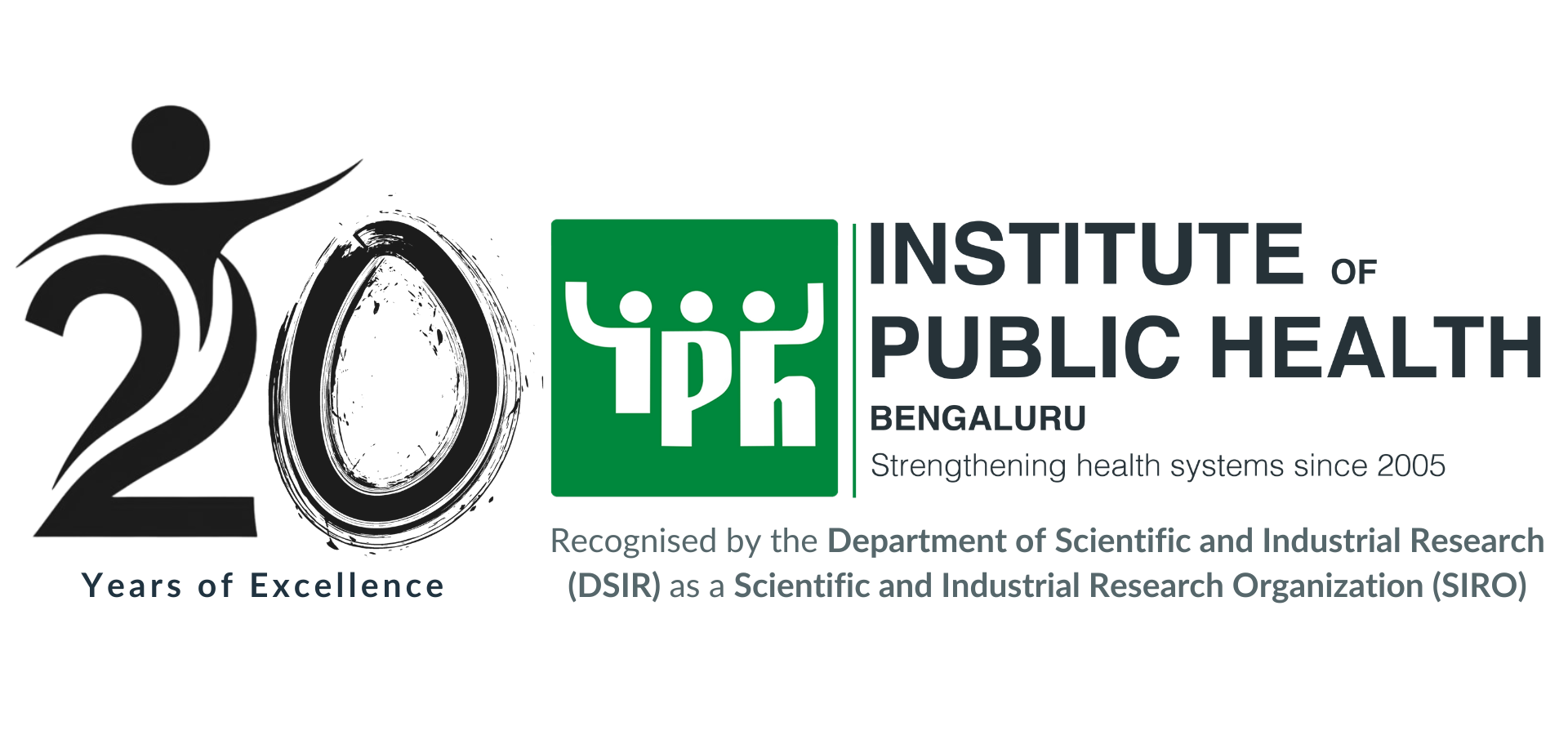

 unity health care settings. The blog is a reflection on the current status of community health nursing education in India.
unity health care settings. The blog is a reflection on the current status of community health nursing education in India.
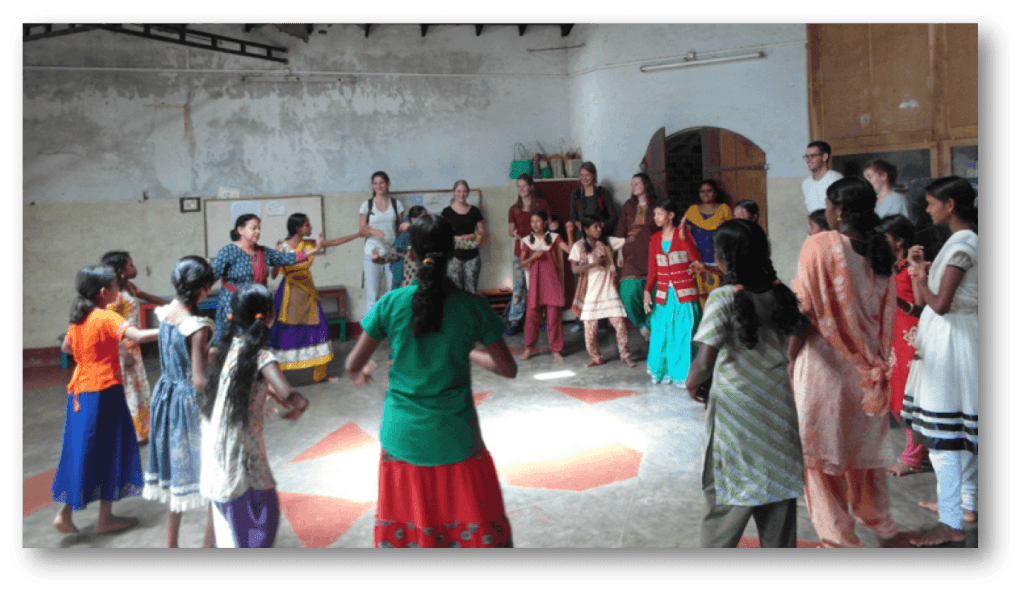
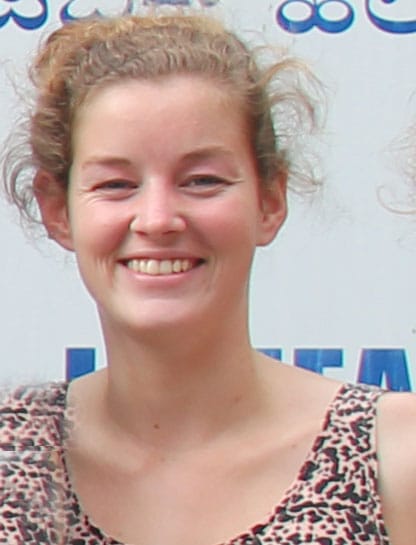 octors in both settings. Besides this, it was also hard for us to imagine why a lot of people visit the private sector instead of the public (which is for free).
octors in both settings. Besides this, it was also hard for us to imagine why a lot of people visit the private sector instead of the public (which is for free).